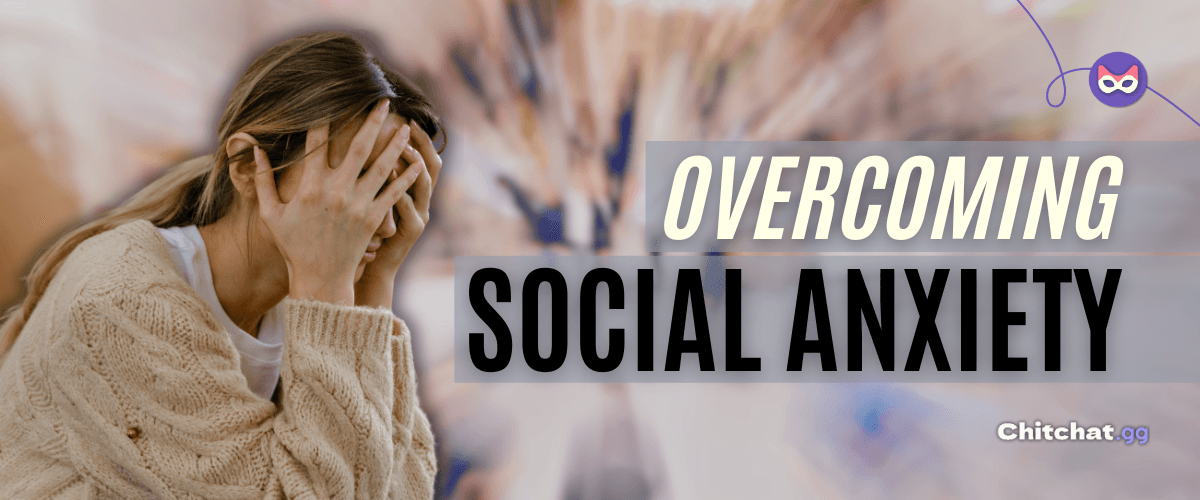
The Role of Video Chat in Remote Work and Education
- Talina
- Video Chat
- 27 May, 2025
In today's interconnected world, video chat has become an indispensable tool, revolutionizing the way we work and learn. From facilitating seamless collaboration among remote teams to enabling interactive virtual classrooms, video conferencing platforms have bridged geographical gaps, fostering real-time communication and engagement.
Transforming Remote Work
The shift to remote work has underscored the importance of effective communication tools. Video conferencing has emerged as a cornerstone in this new work paradigm, offering several key benefits:
- Enhanced Collaboration: Video meetings allow team members to discuss ideas, share screens, and make decisions collectively, mirroring the dynamics of in-person interactions.
- Improved Productivity: Studies have shown that teams utilizing video conferencing report higher satisfaction and efficiency levels compared to those relying solely on text-based communication.
- Strengthened Team Cohesion: Regular face-to-face virtual interactions help build trust and camaraderie among dispersed team members, mitigating feelings of isolation.
- Cost and Time Efficiency: By reducing the need for travel, video conferencing saves both time and resources, allowing for more flexible scheduling and faster decision-making.
Revolutionizing Education
In the realm of education, video chat has opened new avenues for learning, making education more accessible and interactive:
- Interactive Learning Environments: Virtual classrooms facilitate real-time discussions, Q&A sessions, and collaborative projects, enhancing student engagement.
- Access to Diverse Resources: Students can attend lectures from experts worldwide, participate in virtual field trips, and access a wealth of online resources, broadening their learning horizons.
- Flexible Learning Opportunities: Video conferencing enables students in remote or underserved areas to access quality education without the constraints of physical location.
- Personalized Instruction: Teachers can offer one-on-one sessions, provide immediate feedback, and tailor lessons to individual student needs, fostering a more personalized learning experience.
Challenges and Considerations
While video chat offers numerous advantages, it's essential to address potential challenges:
- Technical Issues: Connectivity problems, audio/video glitches, and platform compatibility can hinder effective communication.
- Digital Fatigue: Extended periods of virtual meetings can lead to fatigue and decreased attention spans, impacting productivity and learning outcomes.
- Privacy Concerns: Ensuring secure platforms and protecting user data is paramount to maintain trust and confidentiality.
Looking Ahead
As technology continues to evolve, the integration of advanced features like virtual reality (VR) and augmented reality (AR) into video conferencing platforms promises to further enhance remote collaboration and learning experiences. Embracing these innovations will be key to unlocking new potentials in both professional and educational settings.
Conclusion
Video chat has undeniably reshaped the landscapes of work and education, offering flexible, efficient, and interactive solutions to meet the demands of our modern world. By leveraging these tools thoughtfully and addressing associated challenges, we can continue to foster meaningful connections and drive progress across various domains.





